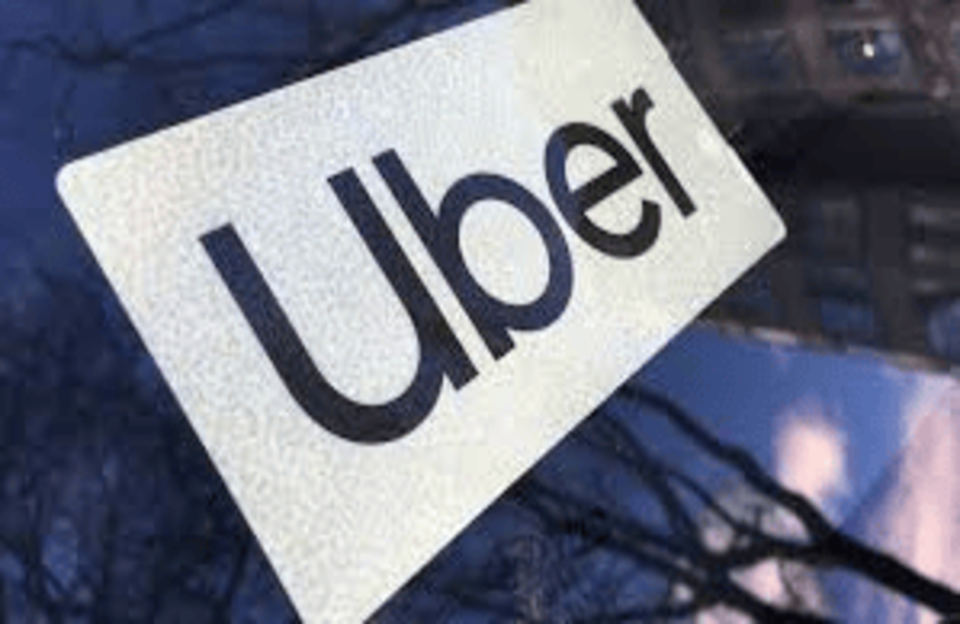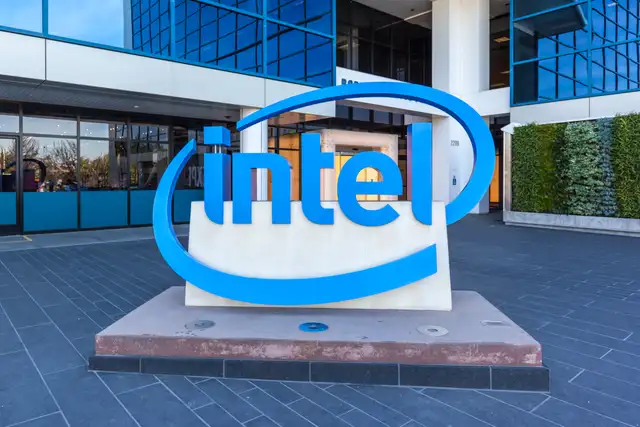Uber Accelerates: Q2 2025 Earnings Signal Strong Growth and Bold Moves
Uber Technologies (NYSE: UBER) delivered another strong quarter with considerable momentum beneath the surface. The company’s Q2 2025 results reveal powerful growth, improving financial strength, and a bold strategy fuelled by its loyalty program, autonomous partnerships, and a massive share buyback.
Riding High: Growth Across the Platform
In Q2, Uber reported revenue of $12.65 billion, up 18% year-over-year, driven by strong performance in both mobility and delivery segments. Gross Bookings reached $46.8 billion, increasing by 17% YoY (18% in constant currency), with a total of 3.3 billion trips, also up 18% YoY. These metrics highlight consistent usage trends, expanded user base, and rising frequency of transactions.
Uber continues to scale its audience: Monthly Active Platform Consumers grew to 180 million (↑15% YoY), averaging 6.1 trips per user per month. Driver and courier supply also expanded, with 8.8 million active providers, collectively earning $20.8 billion during the quarter.
Key Financial Highlights – Q2 2025
| Metric | Value | YoY Change |
| Revenue | $12.65 b | +18% |
| Gross Bookings | $46.8 b | +17–18% |
| Trips | 3.3 b | +18% |
| Monthly Active Users | 180 m | +15% |
| Income from Operations | $1.5 b | +82% |
| Adjusted EBITDA | $2.1 b | +35% |
| EBITDA Margin | 4.5% of bookings | |
| Free Cash Flow (quarter) | $2.5 b |
Profitable Growth and Cash Generation
Profitability surged across the board. Income from operations jumped 82% YoY to $1.5 billion, while adjusted EBITDA rose 35% to $2.1 billion, lifting the EBITDA margin to 4.5% of gross bookings, up from 3.9% last year. Perhaps most notably, free cash flow climbed to $2.5 billion, reflecting a strong 114% conversion of EBITDA.
This robust performance led Uber to authorize a staggering $20 billion share repurchase—a move that underscores confidence in its long-term business model and shareholder value creation strategy.
Record Profitability and Cash Flow
Uber’s profitability gained traction in Q2. Income from operations rose 82% to $1.5 billion, while Adjusted EBITDA grew 35% YoY to $2.1 billion, with a margin of 4.5% of Gross Bookings (up from 3.9% YoY). Free cash flow reached $2.5 billion, while trailing twelve-month free cash flow hit a record $8.5 billion — a conversion rate of 114% of Adjusted EBITDA. This strong performance underpinned Uber’s decision to authorize a $20 billion share repurchase program, signaling confidence in long-term shareholder value creation.
Platform Advantage: Uber One and Loyalty Strength
Central to Uber’s success is its loyalty ecosystem. The Uber One membership program now includes over 36 million subscribers, a 60% year-over-year surge reported in June. These loyal users generate more than three times the profit versus single-service customers. Recent promotion drives added 500,000 members during a May discount week alone.
Uber expects Q3 gross bookings between $48.3 billion and $49.8 billion, outperforming analyst consensus of around $47.3 billion. Adjusted EBITDA guidance ranges from $2.19 to $2.29 billion, signalling sustained profitability momentum.
Autonomous Expansion: From Partnerships to Robo-taxis
Uber’s foray into the autonomous market continues to accelerate. The company now partners with 20 autonomous vehicle operators, including Waymo, Lucid, Nuro, and Baidu’s Apollo Go. Uber has live deployments in multiple cities across three continents and plans to add five more in late 2025 across Texas, the Middle East, and Asia.
Rather than directly operating robotaxis, Uber is positioning its platform as a demand aggregation hub—allowing partners to plug into its ecosystem. This asset-light strategy mitigates risk and positions Uber as a “super app” blending rides, delivery, and autonomous mobility.
Challenges and Headwinds
Despite strength in growth and cash, Uber still faces headwinds. Market sentiment remains cautious amid regulator scrutiny and intensifying competition from Waymo, Tesla, and other AV innovators. Autonomous deployment hurdles remain, with profitability in that segment still unclear.
Additionally, external factors such as rising consumer concerns, macroeconomic conditions, or adverse driver regulation could affect future booking behavior. Nonetheless, analysts from Bank of America raised their price target to $115, citing stronger free cash flow and improved take-rates tied to new tax laws benefiting driver income. Wells Fargo raised theirs to $120, viewing Uber as a potential beneficiary of political noise around Tesla’s robotaxi strategies.
Final Note: Balancing Growth, Profitability, and Innovation
Uber’s Q2 2025 results demonstrate a strong blend of growth, profitability, and strategic foresight. The company’s platform strength, loyalty monetization, and disciplined balance between capital returns (via buyback) and R&D investment offer a balanced case for optimism. However, the real test lies in executing its autonomous partnerships efficiently, managing regulatory hurdles, and sustaining user and driver momentum in a competitive global ecosystem.
Disclaimer: This article is for informational purposes only. It does not constitute investment advice. Please consult a licensed financial advisor before making any investment decisions.



